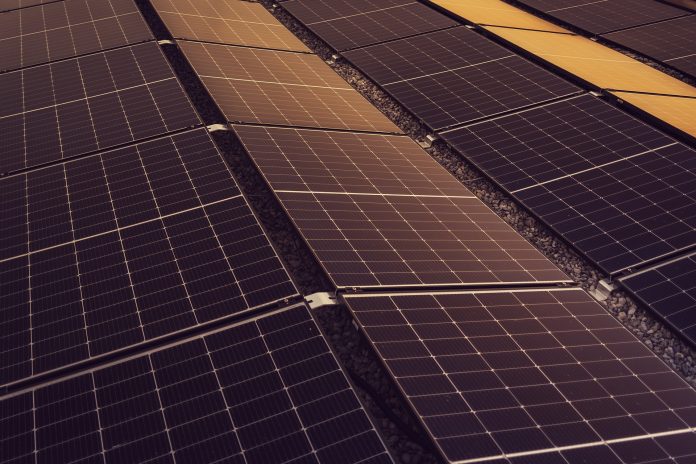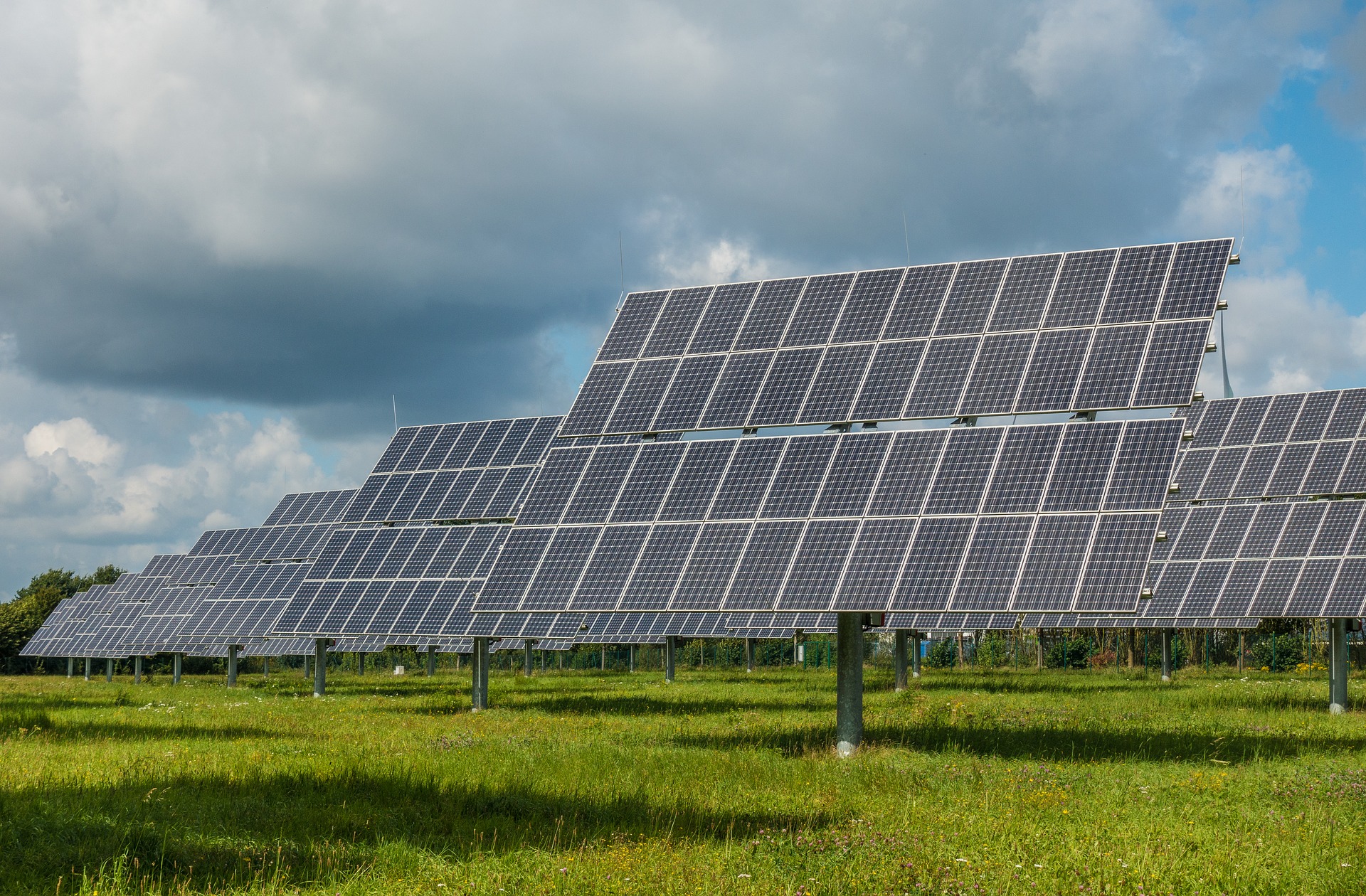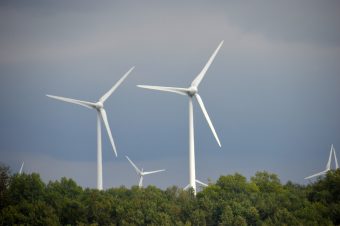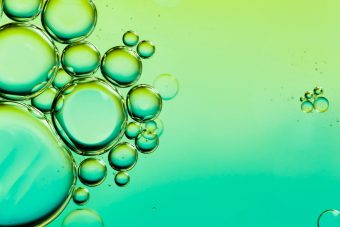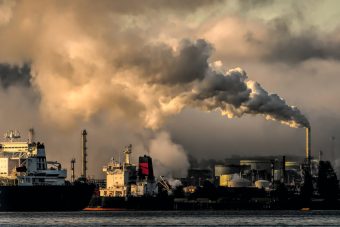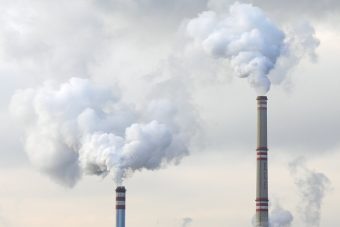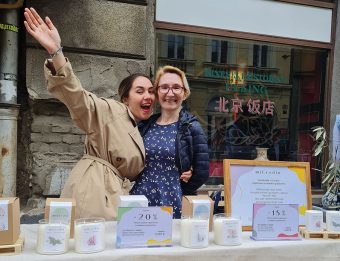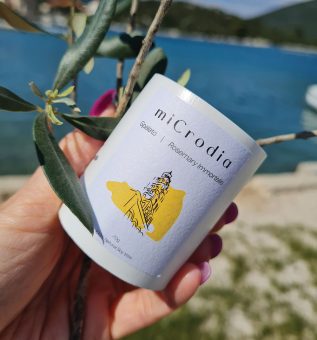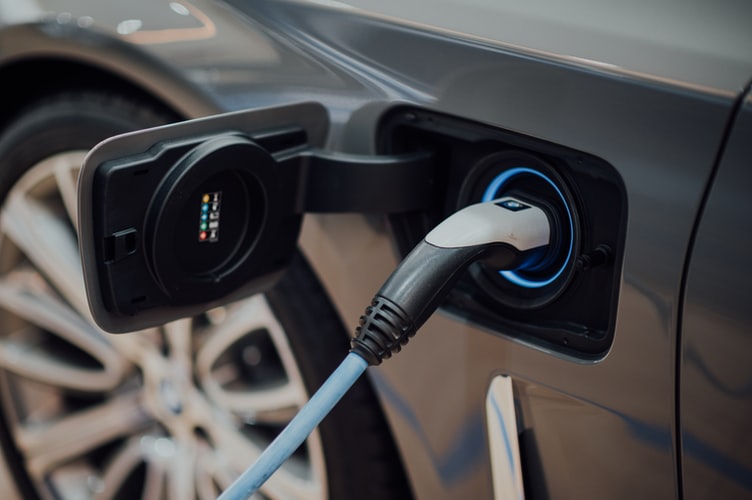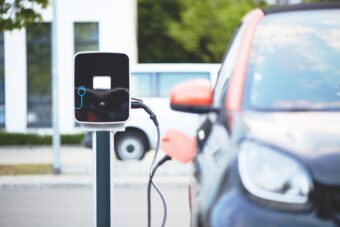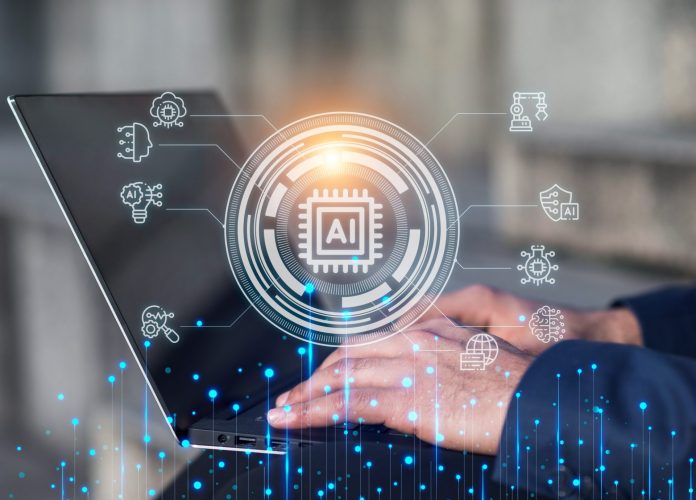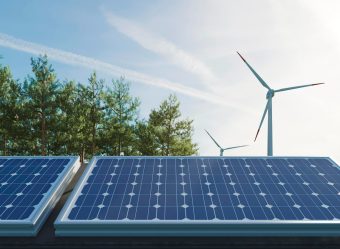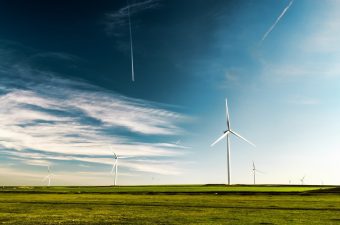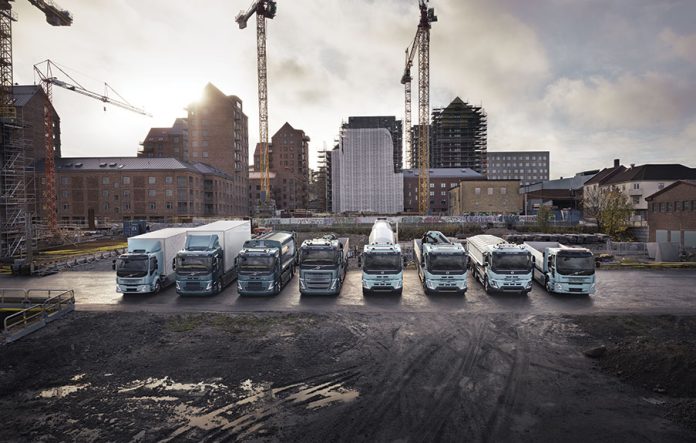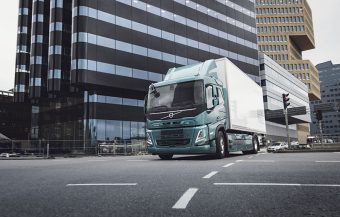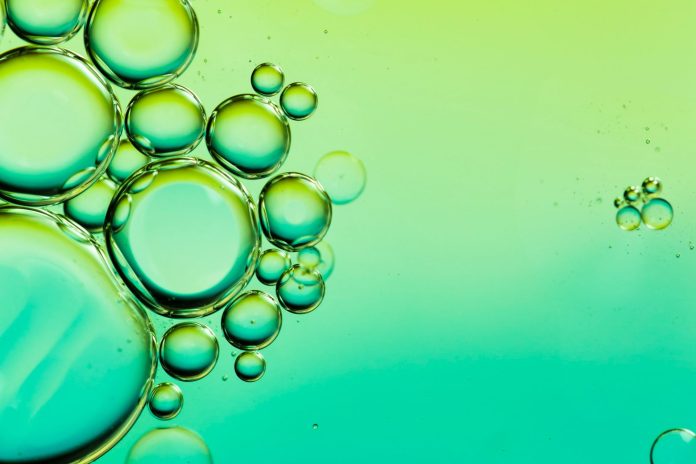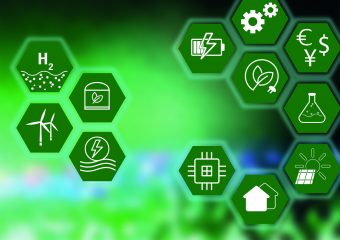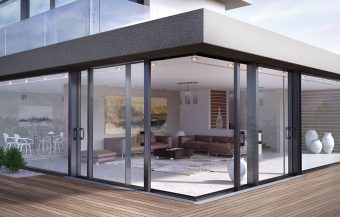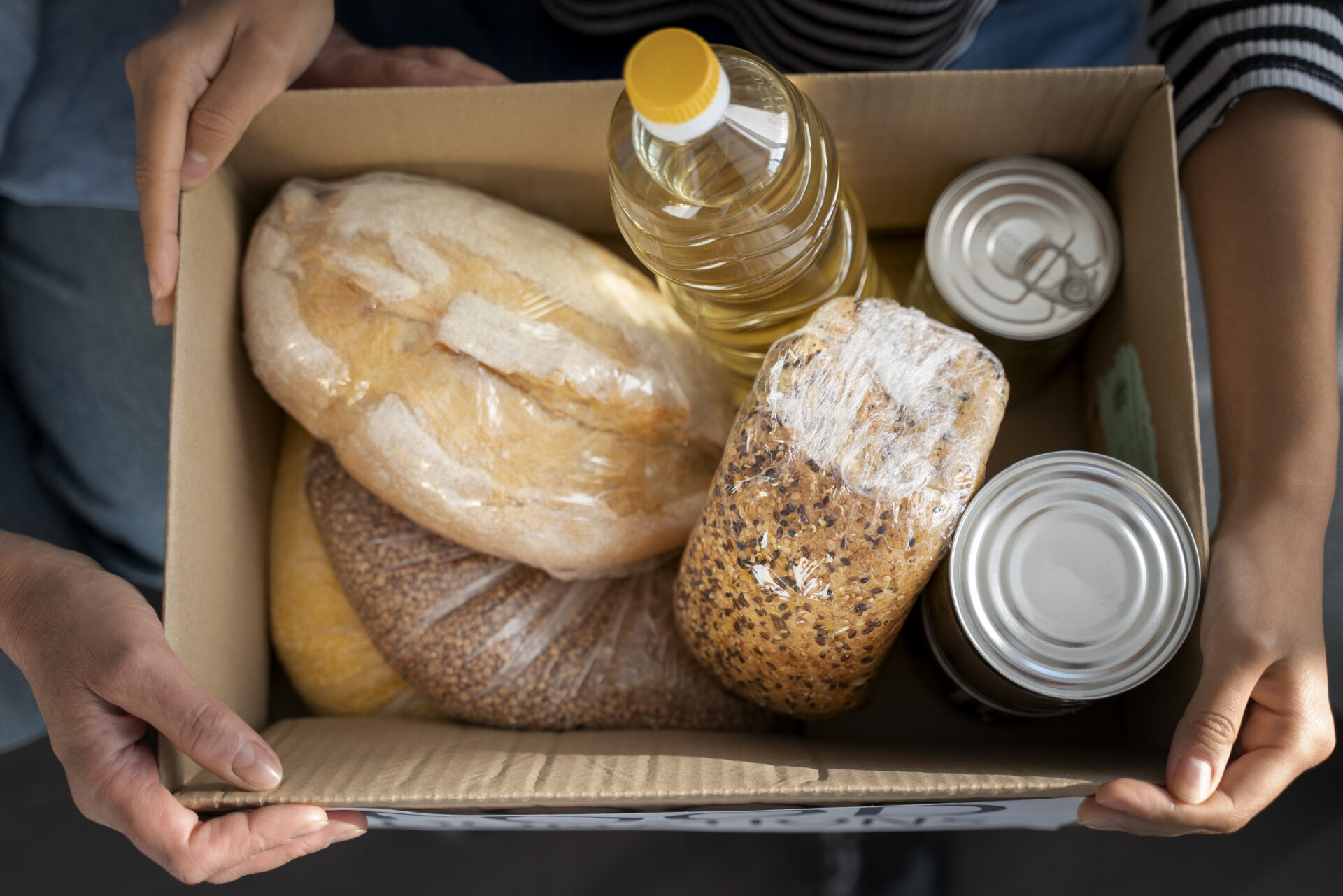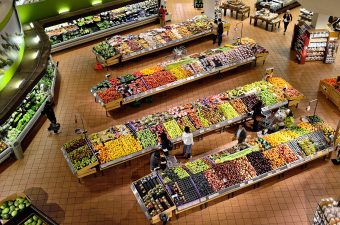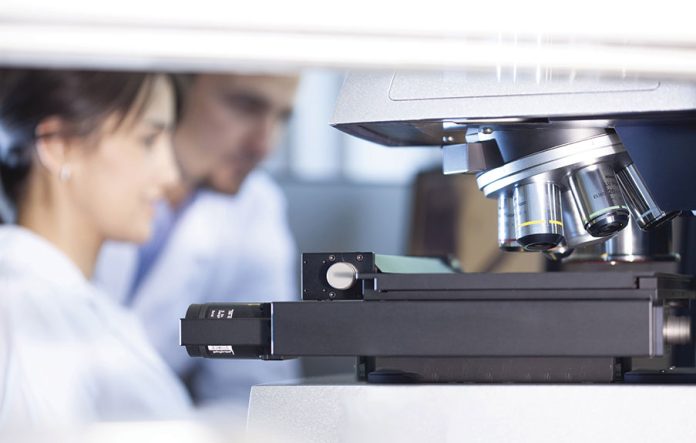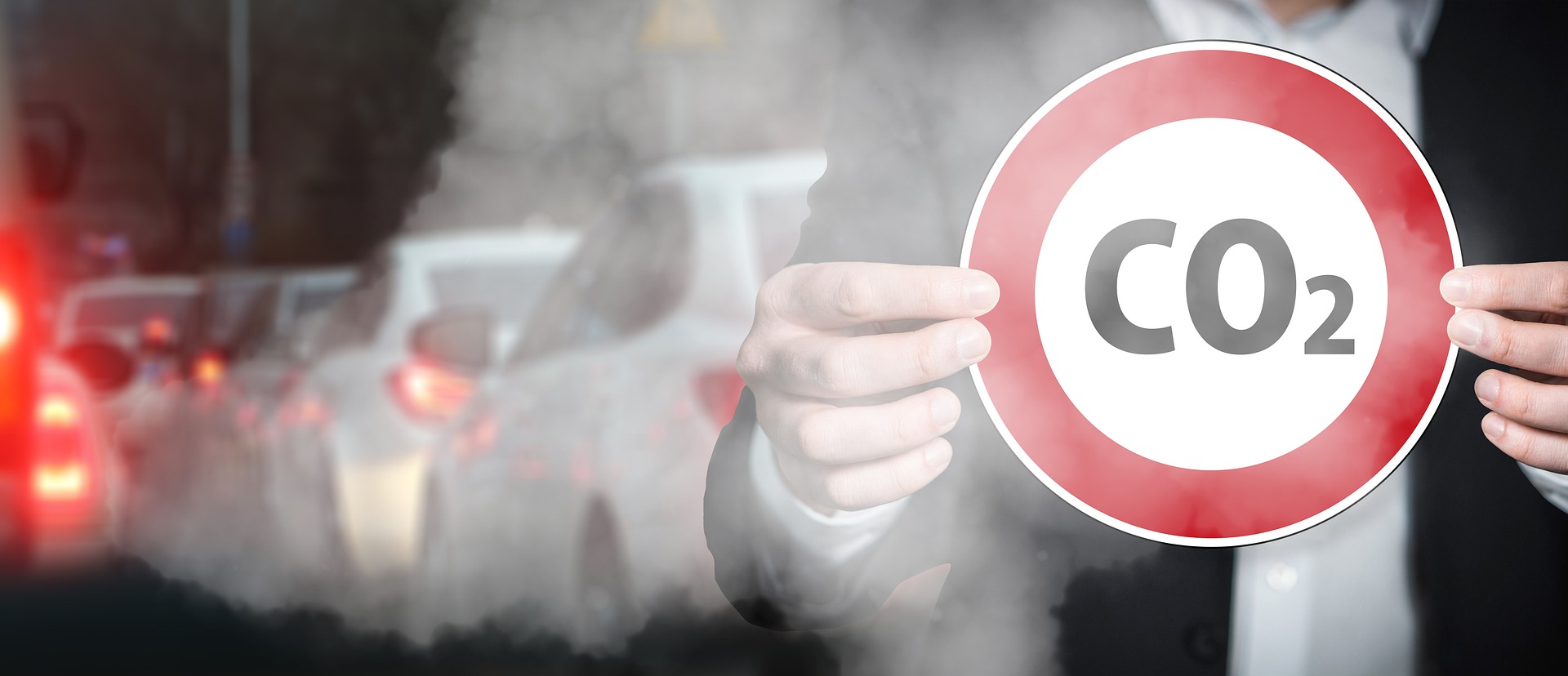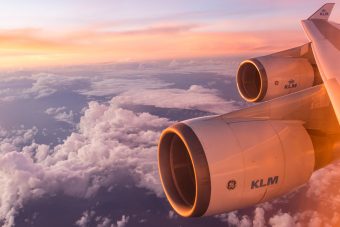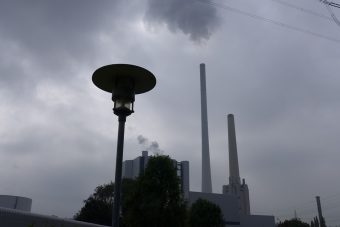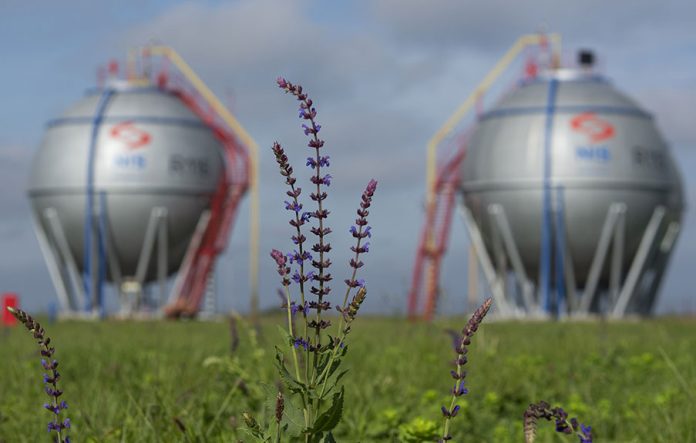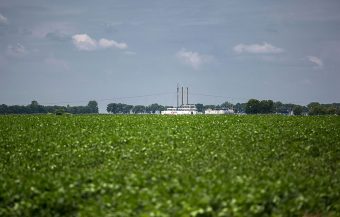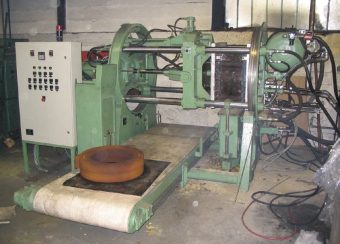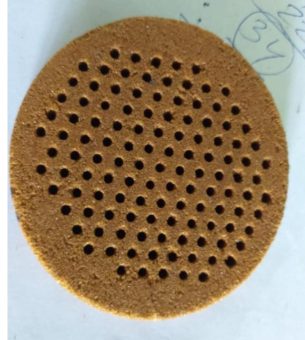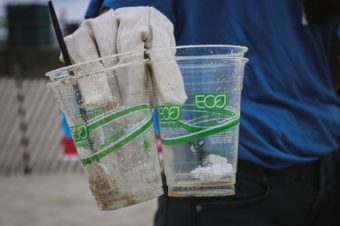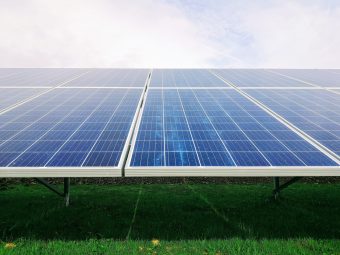
Mariana Proença)
Serbia’s largest photovoltaic power plants are equipped with the K2 MultiRail System. Large systems are no problem for the K2 MultiRail – a quick-to-install rail that speeds up installation tremendously. The roof connection and mounting rail consist of one component, and it is available in different lengths.
The two installations in Serbia re attached on the longer side and mounted horizontally. A total of 3,000 modules with an annual capacity of 826,475 kWp are installed on two trapezoidal sheet metal roofs with a roof pitch of 6°. So, nothing stood in the way of quick assembly in Nova Pazova.
Elevation with RailUp allows both variants of the K2 MultiRail and K2 MultiRail CSM systems to achieve better rear ventilation and simpler installation of microinverters and power optimizers.
System planning in the free online tool K2 Base
It is a quick and easy five-step planning of the K2 installation system for pitched and flat roofs. The free planning tool K2 Base has a dashboard for efficient project control. Google Maps integration and graphics tools support and facilitate planning.
Still not sure about planning and installing trapezoidal sheet metal roofs?
Complete the K2 learning modules, pass the quiz, and you will receive your personal K2 training certificate.
K2 Systems
Read the story in the new issue of the Energy portal Magazine RENEWABLE ENERGY SOURCES


